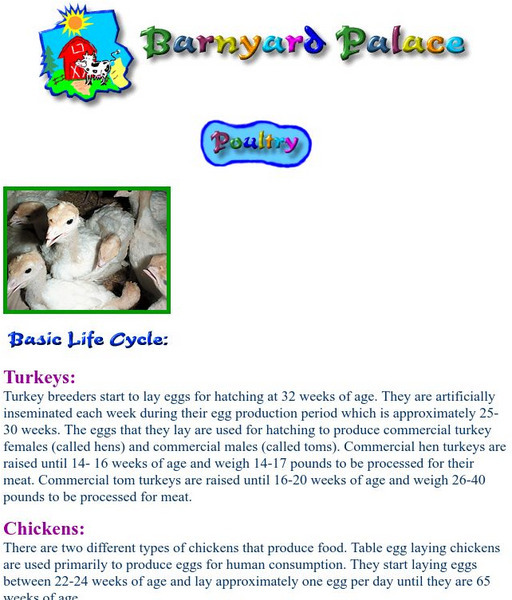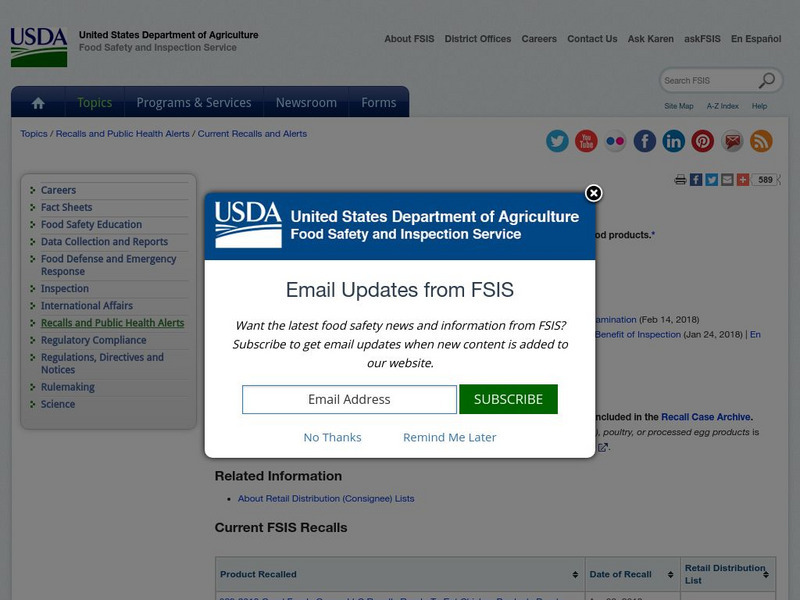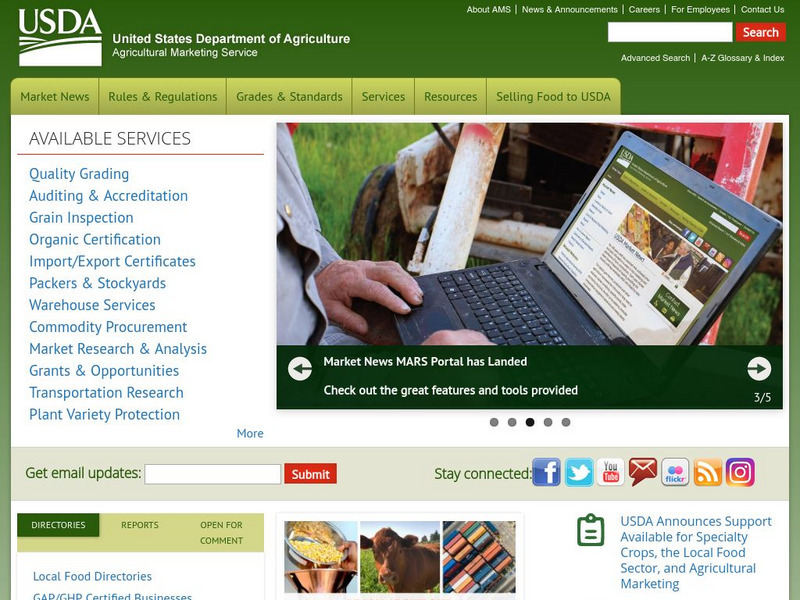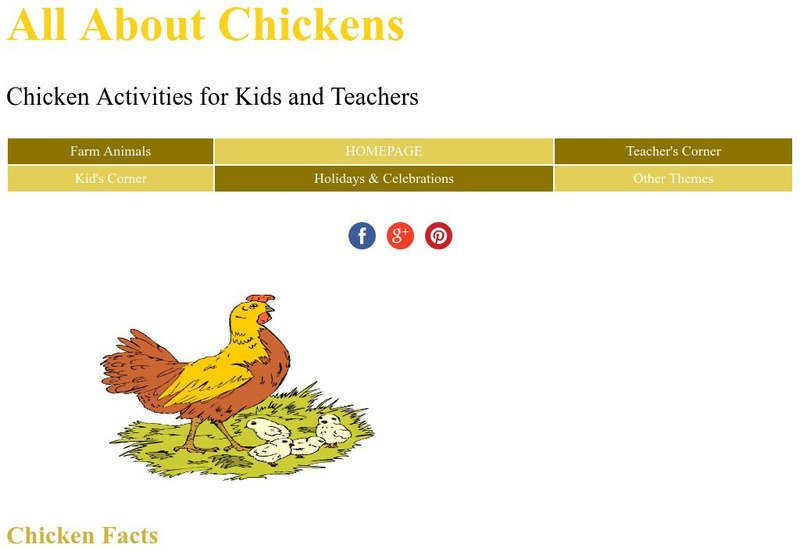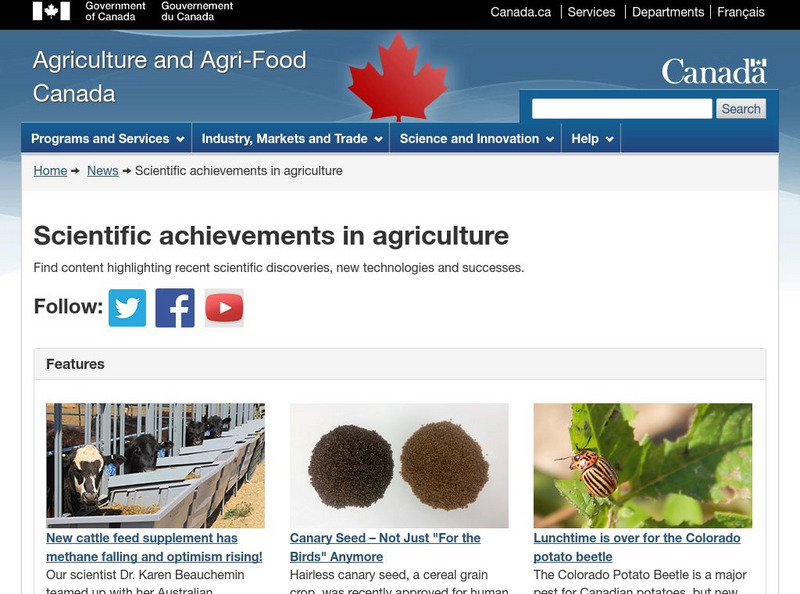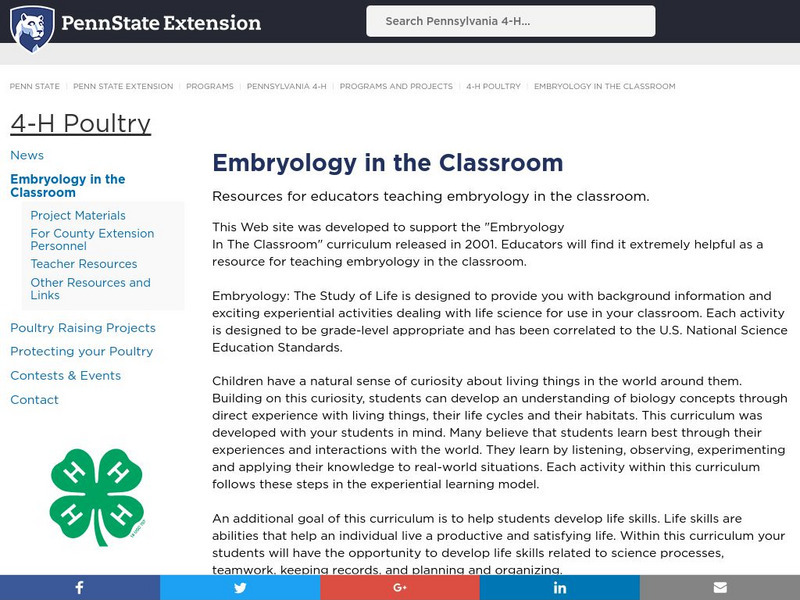Hi, what do you want to do?
Curated OER
How Much Nutritional Value Does Rice Really Have?
Fifth graders see the nutritional value of rice. In this healthy eating lesson, 5th graders view the Food Guide Pyramid and the number of servings one is supposed to eat in each food group. They focus on rice and its benefits for the body.
Curated OER
Why is Rice Good for Us?
Third graders explore why rice is good for our bodies. In this nourishment lesson, 3rd graders review the food pyramid and discuss serving sizes. Students discuss the different ways rice is used in food. Students use uncooked rice to...
Curated OER
Cows, Worms, and Compost
Students study decomposition. In this decomposition instructional activity, students discuss the background information about decomposition. Students then complete the 'Chew It Twice' worksheet.
Curated OER
How History Changed the Way We Eat
Students participate in a lesson that is concerned with the history of the food pyramid and how it evolved and changed into its modern state. After being presented with the information they conduct classroom discussions about the research.
Curated OER
Hands of Doom
Students discuss the four essential step used for safe food handling: clean, separate, cook, and chill. They identify the bacteria that can cause food poisoning, practice how to properly wash hands before and after handling food,...
Curated OER
Sanitarium Times
Young scholars learn about the Sanitarium Times as they look into how they lived, what they ate, how they were entertained, etc... In this Sanitarium Times lesson plan, the students do research and create papers as well as look for...
Virginia Tech
Virginia Cooperative Extension: 4 H Virtual Farm: Poultry
Find answers to all kinds of questions about how chickens are raised on the poultry farms of Virginia. Meet a poultry farmer, learn about the commercial poultry industry, watch a chick hatch, and learn how to judge quality eggs and...
Other
Barnyard Palace : Poultry
Six and a half billion in the United States each year! Chickens, that is. Find out more by looking at this site. Click on the pictures to enlarge them.
US Department of Agriculture
Fsis Recalls: Meat, Poultry and Egg Products
Press releases from 2000 that document meat and poultry recalls in the United States. Contains archives of recalls in previous years.
US Department of Agriculture
Usda: Agricultural Marketing Service
Home page for the Agricultural Marketing Service of the USDA, links to product and commodity marketing information and job opportunities.
Other
Kiddy House: All About Chickens for Kids and Teachers
This comprehensive resource features everything you want to know about chickens. Students and teachers will "cluck" when they explore this site.
Other
U.s. Department of Health and Human Services: Food Safety: Eggs and Egg Products
Describes the connection between eggs and salmonella poisoning, and overviews safe practices when handling, storing, cooking and eating eggs.
Other
Agri Food Trade Service: Agriculture, Food and Beverage Industry Tipsheets
Here's a collection of "fact sheets" offering details on Canada's various industries: Brewery, Dairy, Distillery, Fish and Seafood, Egg, Fruit, Grains and Oilseeds, Honey, Poultry, Red Meat, and more.
Pennsylvania State University
Penn State University: Embryology in the Classroom
Come and learn more about how to incorporate embryology into your classroom. This site features tons of information about the embryology of chickens.
NPR: National Public Radio
Npr: States Fight California's Chicken Cage Law
Article reports on why several states are suing California regarding their laws requiring specific standards of cage sizes from any producers selling eggs in that state. Includes audio.
US Department of Agriculture
Choose My Plate: Vegetarian Choices in the Protein Food Group
Here a few tips to help vegetarians get enough protein by eating beans, nuts, and soy products from the meat group. Includes a link to a page on how vegetarians can eat from the food pyramid and get the nutrients they need to stay healthy.












